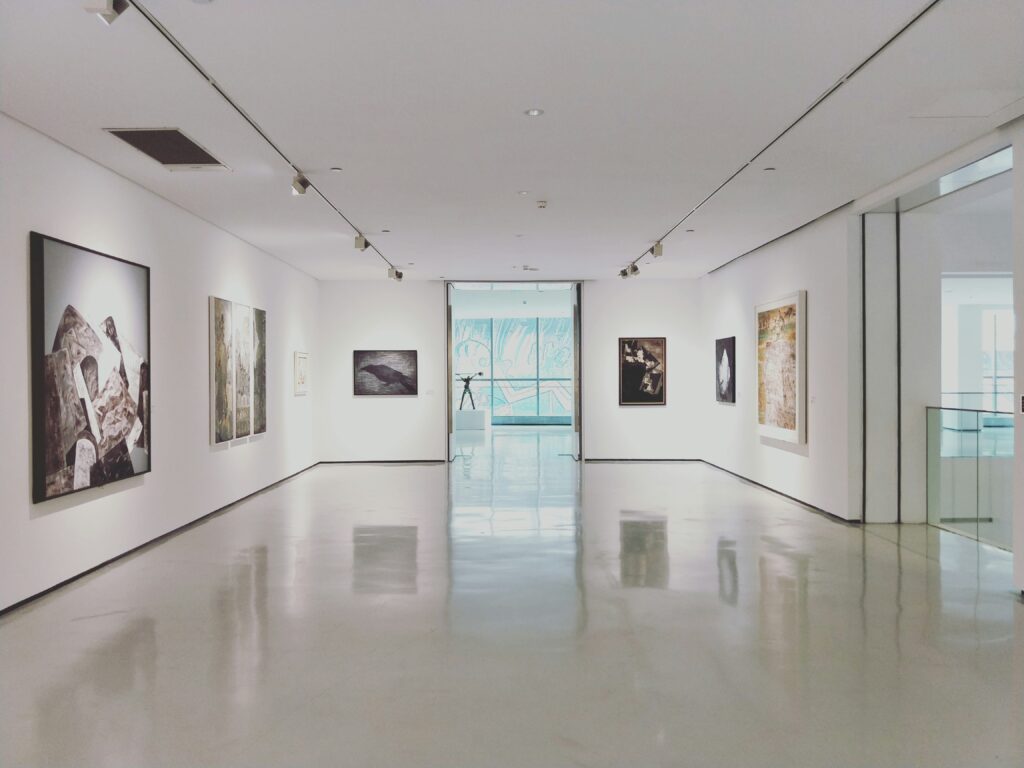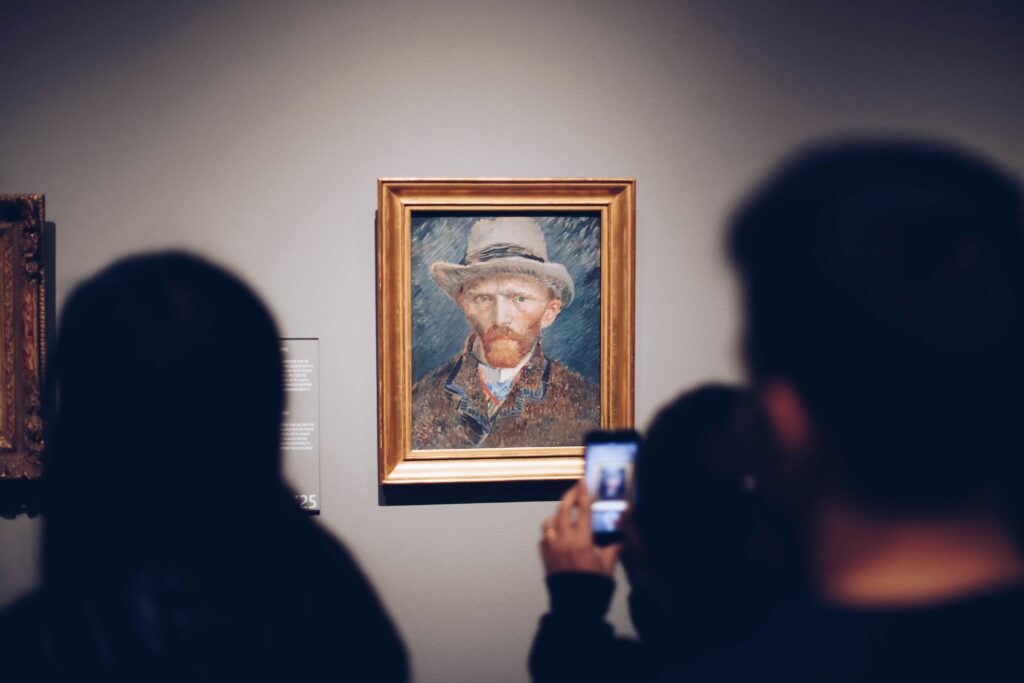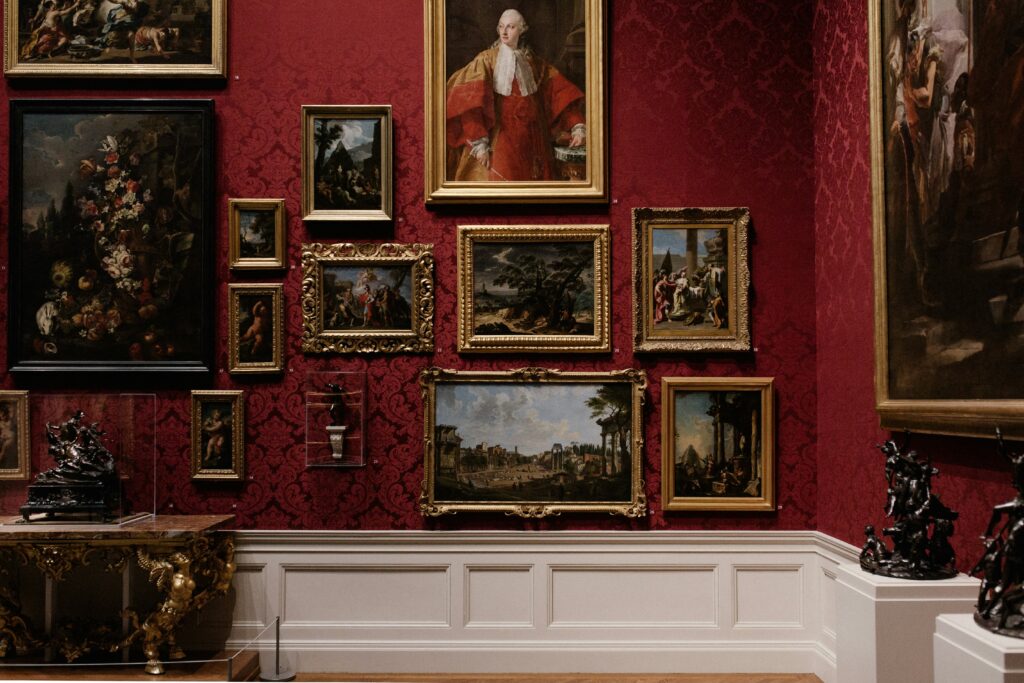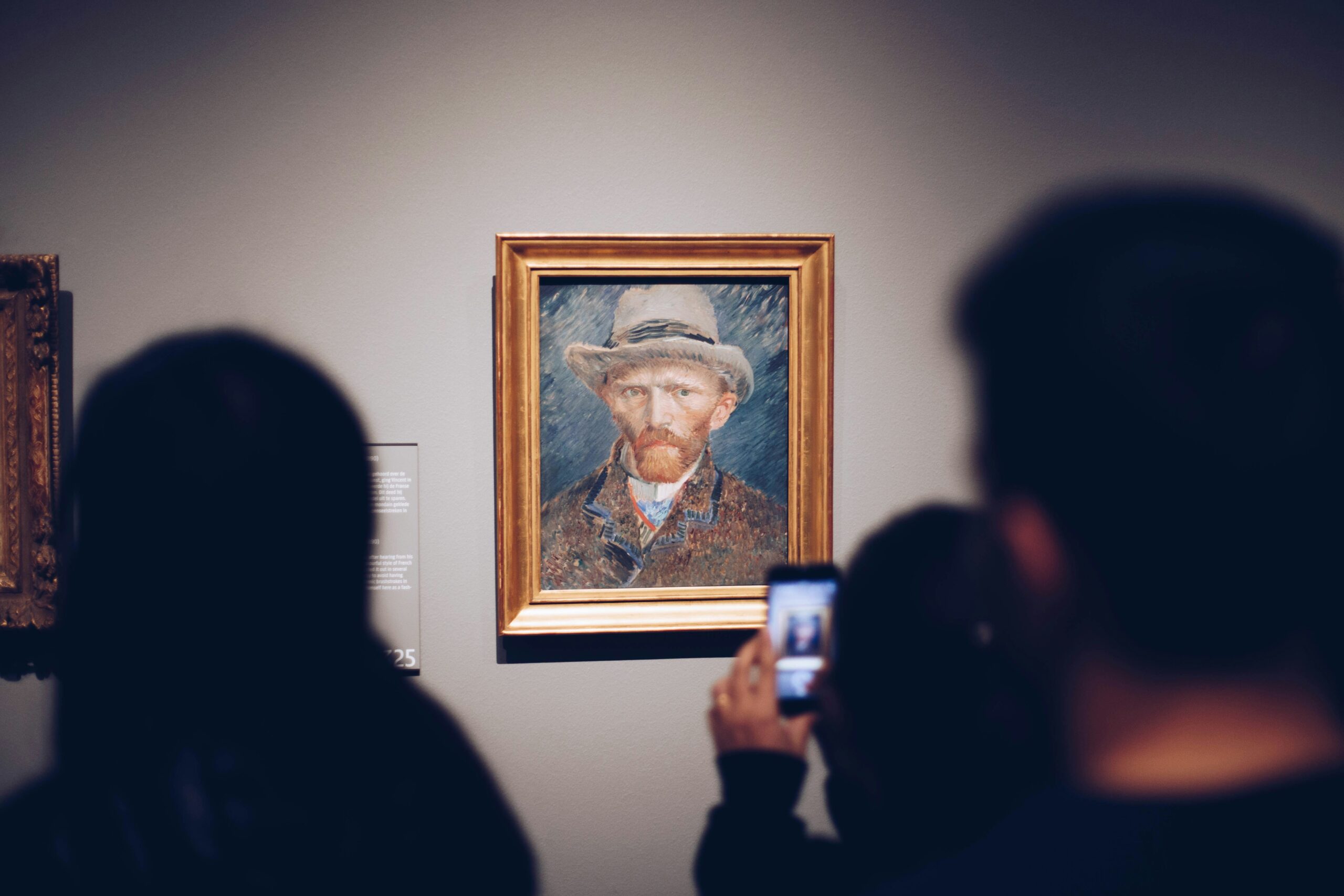The Rubin Museum of Art, a haven for Asian art in Manhattan, is set to close its doors after 20 years. This closure marks a significant event in New York City’s art scene, as it is the first major museum to shut down in recent memory. While the museum’s leaders expressed their desire to reimagine a modern museum without walls, financial challenges and controversy surrounding the display of looted art are also factors contributing to its closure. The museum will sell its building and transition to a skeleton crew, resulting in job losses for nearly 40 percent of its employees. The closure of the Rubin Museum has surprised many in the industry, highlighting the severe financial strains faced by museums in the wake of the Covid-19 pandemic. It is a reflection of the changing landscape of cultural organizations and the increased reliance on individual donors and corporations for support.

Rubin Museum of Art to Close
The Rubin Museum of Art, a renowned institution in Manhattan that houses a collection of art from Himalayan Asia, will be closing its doors after 20 years of operation. This closure comes as a shock to many in the museum community, as it is the first major art museum in New York City to close in recent memory. The decision to close the museum was driven by a combination of financial challenges and accusations of displaying looted art.
Reasons for Closure
Financial Challenges
The Rubin Museum of Art has been grappling with financial difficulties, which have been exacerbated by the impact of the Covid-19 pandemic. Like many cultural organizations, the museum has seen a significant decrease in revenue due to changes in tourist habits and the overall economic climate. This has led to budget constraints and forced the museum to make difficult decisions in order to stay afloat.
Accusations of Displaying Looted Art
In addition to financial challenges, the Rubin Museum of Art has faced accusations of displaying looted art. These allegations have raised ethical concerns and have had a negative impact on the museum’s reputation. The museum has taken steps to address these allegations and has implemented policies to ensure that all artworks in its collection are acquired ethically and legally. However, the controversy surrounding the museum’s practices has contributed to the decision to close its doors.

Closure Details
Closing Date
The Rubin Museum of Art will officially close on October 6th, 2024. This date marks the end of the museum’s last exhibition before it transitions to a skeleton crew.
Transition to Skeleton Crew
Following the closure, the museum will operate with a skeleton crew that will focus on processing long-term loans and research inquiries, as well as assisting with fund-raising efforts. This transition is intended to ensure the preservation and continued care of the museum’s collection, while also allowing for future opportunities for the institution.
Job Losses
Unfortunately, the closure of the Rubin Museum of Art will result in job losses for nearly 40 percent of its employees. This is a significant blow to the staff and the museum community at large, as these individuals will face the challenge of finding new employment in a competitive job market.
Fund-Raising Efforts
In an effort to mitigate the financial impact of the closure, the museum will continue its fund-raising efforts. These efforts will be crucial in supporting the museum’s ongoing operations during the transition period and ensuring the long-term sustainability of the institution.
Redefining the Museum
The Evolution of the Definition of a Museum
The closure of the Rubin Museum of Art comes at a time when the definition of a museum is undergoing significant change. Traditionally, museums have been seen as physical spaces that house collections of art and artifacts. However, in recent years, there has been a shift towards a more flexible and inclusive understanding of what constitutes a museum. This evolution has allowed for new possibilities and modes of engagement with art and culture.
Adaptation and Change
The Rubin Museum of Art is embracing this evolution and sees its closure as an opportunity to redefine what a museum can be. By selling its building and transitioning to a skeleton crew, the museum aims to reimagine itself as a more nimble and adaptable institution. This strategic shift will enable the museum to explore innovative approaches to presenting and engaging with art, while also addressing the financial challenges it faces.
New Incarnation of the Rubin Museum
With its closure, the Rubin Museum of Art is not disappearing entirely. Instead, the institution will undergo a transformation and emerge in a new incarnation. The details of this new incarnation are yet to be fully revealed, but it holds the promise of a museum that is better equipped to navigate the changing landscape of the art world and meet the evolving needs and expectations of its audience.

Impact on Museum Community
Shock in the Museum Professionals Community
The closure of the Rubin Museum of Art has sent shockwaves through the museum professionals community. The news of a major museum closing, particularly in a city like New York with a thriving arts scene, is unprecedented and has raised concerns about the future of cultural institutions.
Unprecedented Closure in New York City
The closure of the Rubin Museum of Art marks a significant moment in New York City’s cultural history. While museums have faced financial challenges in the past, this is the first time in recent memory that a major art museum has made the decision to close its doors permanently. This development is a sobering reminder of the challenges that cultural organizations face in an increasingly uncertain and competitive environment.
Cash Crunch for Leading Museums
The closure of the Rubin Museum of Art highlights the severe cash crunch that leading museums are currently facing. The economic impact of the Covid-19 pandemic, coupled with changes in tourist habits, has significantly reduced revenue for museums. As a result, many institutions have been forced to cut jobs and raise ticket prices in order to sustain their operations.
Real Estate Relinquishment
One unique aspect of the Rubin Museum of Art’s closure is its decision to sell its building and relinquish all of its real estate. This move is unprecedented among New York City’s cultural institutions and signals a radical departure from the traditional model of museum ownership. It remains to be seen how this decision will shape the future of the museum and influence other organizations in the arts and culture sector.
Challenges Facing Cultural Organizations
Financial Difficulties
Financial difficulties are a major challenge facing cultural organizations today. The Rubin Museum of Art’s closure serves as a stark reminder of the financial pressures that museums and other cultural institutions face. In order to survive and thrive, these organizations need to find sustainable sources of funding and develop innovative strategies to attract and retain audiences.
Scarcity Model of Cultural Organizations
The Rubin Museum of Art’s closure also highlights the inherent challenges of the scarcity model that many cultural organizations operate under. This model relies heavily on individual donors and corporate sponsorships, which can be unpredictable and subject to economic fluctuations. To create a more sustainable future, cultural organizations need to explore alternative revenue streams and diversify their funding sources.
Reliance on Individual Donors and Corporations
The reliance on individual donors and corporations is a defining characteristic of the cultural sector. However, this dependence can create a precarious situation for museums and other organizations, as it leaves them vulnerable to changing priorities and economic downturns. Finding a balance between financial stability and artistic integrity is an ongoing challenge that cultural organizations must navigate.
Rubin Museum History
Foundation in 2004
The Rubin Museum of Art was founded in 2004 by Donald Rubin and Shelley Rubin. Their vision was to create a space to showcase and celebrate the art and culture of the Himalayan region. Since its inception, the museum has been dedicated to preserving and sharing the rich artistic traditions of this diverse and vibrant part of the world.
Collection of Himalayan Art
The Rubin Museum of Art boasts an impressive collection of Himalayan art, spanning 1,500 years of history. Its collection includes a wide range of mediums, including paintings, sculptures, textiles, and ritual objects. Through its exhibitions and programs, the museum has provided a valuable platform for exploring the artistic and cultural heritage of the Himalayas.
Spanning 1,500 Years of History
One of the unique aspects of the Rubin Museum of Art’s collection is its extensive range of artworks that span 1,500 years of history. This comprehensive representation allows visitors to gain a deeper understanding of the cultural, religious, and artistic developments that have shaped the Himalayan region over centuries.
Difficult Financial Climate
Impact of Covid-19 Pandemic
The Covid-19 pandemic has had a profound impact on the financial climate for cultural organizations, including the Rubin Museum of Art. The closure of the museum is a direct result of the economic challenges brought on by the pandemic. With restricted travel and decreased tourism, museums have struggled to generate revenue and cover operating costs.
Changes in Tourist Habits
The shifting habits of tourists have also played a role in the difficult financial climate for museums. As priorities and interests change, cultural institutions must adapt to meet the evolving needs and expectations of visitors. This includes reconsidering exhibition programming, outreach strategies, and methods of engagement.
Job Cuts and Ticket Price Increases
To address financial difficulties, many museums have had to resort to cost-cutting measures, including job cuts and ticket price increases. These decisions are often difficult and can have a negative impact on staff morale and public perception. However, they are necessary steps to ensure the long-term viability of cultural organizations in a challenging economic environment.
Verification of Access
Patience Requested
The New York Times, the source of this article, is currently verifying access to the full content. While this verification process is ongoing, readers are requested to exercise patience.
Reader Mode
For those in Reader mode, it is recommended to exit and log into the Times account to access the full article content.
Times Account Login
Subscribers are encouraged to log in to their Times account to access the full article content. By logging in, subscribers can enjoy full access to The Times and its exclusive content.
Subscription Options
For non-subscribers, subscription options are available to gain full access to The Times. By subscribing, readers can unlock unlimited access to a wide range of articles and features.
Contact and Legal Information
Contacting The New York Times
For inquiries or assistance, readers can contact The New York Times directly. Contact information can be found on their website or by referring to their published materials.
Accessibility
The New York Times is committed to ensuring accessibility for all readers. They strive to provide content in a format that is accessible to individuals of varying abilities and needs. Specific measures and resources for accessibility can be found on The Times’ website.
Work Opportunities
For those interested in work opportunities with The New York Times, information on available positions and application processes can be found on their website. The Times often offers a variety of roles in journalism, marketing, technology, and other areas.
Advertising Policies
The New York Times maintains strict advertising policies to ensure the integrity and credibility of their content. Details on these policies, including guidelines for advertisers, can be found on The Times’ website.
Privacy and Terms
Privacy Policy
The New York Times values reader privacy and is committed to protecting personal information. Their privacy policy outlines the measures and practices in place to safeguard reader data. It is advised to review the privacy policy for a comprehensive understanding of how personal information is collected, used, and stored.
Terms of Service
The Terms of Service outline the agreement between The New York Times and its readers regarding the use of their services and access to their content. It is recommended to review the terms to understand the rights and responsibilities of both parties.
Terms of Sale
The Terms of Sale govern the purchase of subscriptions and products from The New York Times. By engaging in a transaction with The Times, readers agree to abide by these terms. It is important to review the terms before making any purchases.
Site Map
To navigate The New York Times website efficiently and find desired content, readers can refer to the site map. The site map provides an overview of the website’s structure and organization, making it easier to locate specific sections and articles.

